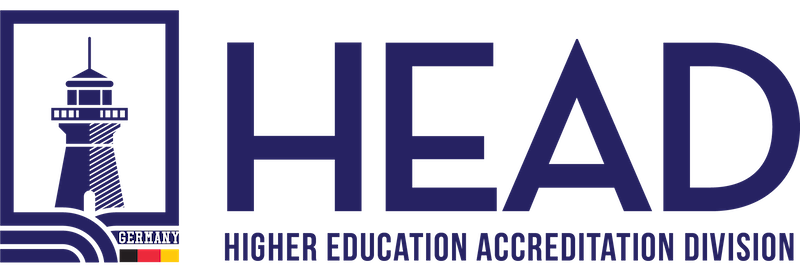Fostering Excellence in Education: Fulfilling Requirements of an Educational Organisations Management System

Introduction:
In the ever-evolving landscape of higher education, universities and educational institutions play a crucial role in shaping the future of learning. To ensure excellence in education, it is essential for these institutions to establish and maintain an effective Educational Organisations Management System (EOMS). This article explores how universities and higher education providers can fulfill the requirements of an EOMS, highlighting their commitment to quality education and continuous improvement.
Building an Effective Educational Organisations Management System:
To meet the requirements of an Educational Organisations Management System, universities must establish a robust framework. This framework includes defining policies, objectives, and targets that align with recognized standards and best practices in education management. By laying a strong foundation, institutions demonstrate their commitment to fostering a conducive learning environment.
Identifying Key Processes:
The success of an educational institution lies in the effective management of various processes. These may include curriculum development, student admissions, teaching and learning methodologies, faculty development, assessment and evaluation, and student support services. Identifying and documenting these key processes allows institutions to understand their interdependencies and ensure seamless operations.
Determining Input Requirements:
To fulfill the requirements of an Educational Organisations Management System, universities must identify the necessary inputs for each process. These inputs include regulatory requirements, academic standards, accreditation criteria, stakeholder expectations, educational resources, and faculty expertise. By clearly defining and documenting these requirements, institutions ensure they have the necessary elements in place for quality education delivery.
Defining Output Expectations:
Clearly defining the expected outputs and outcomes for each process is crucial. This may encompass well-designed and up-to-date curricula, engaging teaching and learning experiences, effective student assessments, successful student outcomes, and continuous improvement of educational programs. By articulating these expectations, institutions set a benchmark for educational excellence.
Implementation and Maintenance:
To fulfill Educational Organisations Management System requirements, universities must implement and maintain the system across the organization. This involves assigning responsibilities, providing necessary resources, and establishing procedures and guidelines for each process. Regular reviews and updates ensure the system remains aligned with changing educational standards and emerging best practices.
Documentation and Records:
Comprehensive documentation and record-keeping are essential for demonstrating compliance with Educational Organisations Management System requirements. This includes maintaining curriculum plans, assessment records, faculty development initiatives, student performance data, accreditation reports, and any changes made to processes or procedures. Documentation serves as evidence of adherence to standards and supports transparency and accountability.
Monitoring and Measurement:
An effective Educational Organisations Management System requires a robust monitoring and measurement system. This may involve evaluating student outcomes, collecting faculty and student feedback, conducting periodic audits, and monitoring compliance with regulatory requirements. Regular analysis of data and performance indicators provides valuable insights for improvement and evidence-based decision-making.
Continual Improvement:
Continuous improvement is a key aspect of an effective Educational Organisations Management System. Institutions should establish mechanisms for gathering feedback from stakeholders, conduct regular evaluations and reviews, seek external accreditation or quality assurance assessments, and set objectives and targets for ongoing enhancement of educational processes and outcomes. This commitment to continual improvement demonstrates a dedication to delivering quality education.
Conclusion:
Fulfilling the requirements of an Educational Organisations Management System is essential for universities and higher education providers committed to providing excellence in education. By establishing a robust framework, identifying key processes, defining input requirements and output expectations, implementing the system, maintaining documentation, monitoring performance, and embracing continual improvement, these institutions demonstrate their commitment to quality education and their role as catalysts for positive change. Through the fulfillment of Educational Organisations Management System requirements, universities contribute to shaping the future of education and empowering learners for success in a rapidly changing world.
Source: HEAD – Higher Education Accreditation Division
Would you like to speak to one of our Higher Education Accreditation Expert? Just submit your details and we’ll be in touch shortly. You can also email us if you would prefer.

